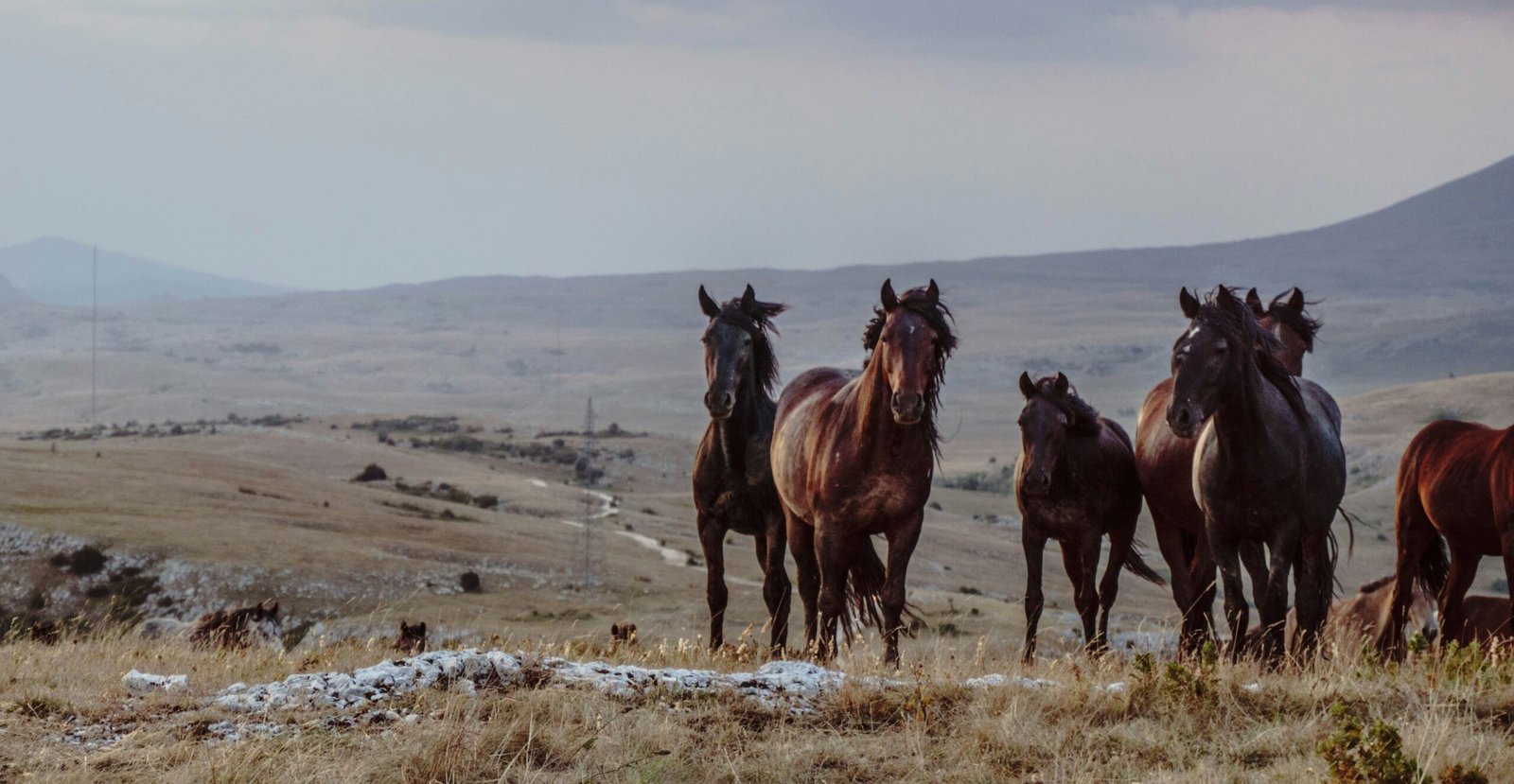Historical Significance of Wild Horses in Kazakhstan
Wild horses once roamed the vast, untamed plains of Kazakhstan, symbolizing freedom and the untamed spirit of the land. These majestic animals held a prominent place in the ecosystem and cultural heritage of the Kazakh people. The symbiotic relationship between wild horses and the Kazakh steppes was evident in the way these animals shaped the landscape and the lives of the people who inhabited it.
Historically, wild horses, known as Przewalski’s horses, were integral to the daily life and traditions of Kazakh nomads. These horses were not only a mode of transportation but also a symbol of wealth and status. Kazakh mythology is replete with references to wild horses, often depicted as mystical creatures embodying strength and resilience. Folklore and songs celebrated their grace and endurance, reinforcing their cultural significance.
The decline of wild horses in Kazakhstan began with overhunting, driven by the demand for horse meat and hides. As human populations grew, habitat destruction became a significant threat. The introduction of agricultural practices and changes in land use further encroached upon the natural habitats of these animals, leading to a dramatic decrease in their numbers. By the early 20th century, wild horses had almost vanished from the Kazakh plains.
The absence of wild horses has had a profound impact on the region’s biodiversity and ecological balance. These animals played a crucial role in maintaining the health of the steppes by grazing on vegetation, which prevented overgrowth and promoted a diverse plant ecosystem. Their presence also supported a variety of other species, creating a balanced and thriving ecosystem. The loss of wild horses disrupted this equilibrium, leading to changes in vegetation patterns and a decline in biodiversity.
Reintroducing wild horses to the Kazakh plains is not just about restoring a species; it is about reviving a piece of Kazakhstan’s natural and cultural heritage. Their return symbolizes hope and resilience, echoing the enduring spirit of the Kazakh people and their deep-rooted connection to the land.
Efforts and Successes in Reintroducing Wild Horses
In recent years, a concerted effort has been made to reintroduce wild horses to the Kazakh plains, a region they once roamed freely. These initiatives have been spearheaded by a combination of local and international conservation programs dedicated to restoring the natural ecosystem and preserving the unique biodiversity of the area. One of the key players in this mission has been the Association for the Conservation of Biodiversity of Kazakhstan (ACBK), which has collaborated with global organizations such as the World Wildlife Fund (WWF) and the International Union for Conservation of Nature (IUCN).
Scientific methods have played a crucial role in ensuring the successful reintroduction of wild horses. Habitat restoration has been a primary focus, with efforts directed towards rehabilitating the grasslands and water sources that are vital for the horses’ survival. Breeding programs have also been established to increase the population of these majestic animals. These programs involve the careful selection of genetically diverse individuals to promote a healthy and resilient population.
Protective legislation has been another cornerstone of these conservation efforts. The Kazakh government has enacted laws to safeguard the habitats of wild horses and prevent poaching. These measures have been instrumental in creating a secure environment for the horses to thrive. “The return of wild horses is not just about bringing back a species; it’s about restoring an entire ecosystem,” says Dr. Altyn Yesbolat, a leading conservationist with ACBK.
The reintroduction process has not been without its challenges. Initial attempts faced hurdles such as limited funding, harsh climatic conditions, and the need to balance human activities with conservation goals. However, the successes achieved so far have been encouraging. The wild horse population has shown signs of growth, and their presence is gradually transforming the landscape. “Seeing the wild horses roam free once again brings a sense of pride and hope for the future,” remarks Nurlan Beketov, a local community leader.
The anticipated ecological benefits of reintroducing wild horses are substantial. These animals play a crucial role in maintaining the health of the grasslands by grazing on vegetation and promoting plant diversity. Their return is expected to restore the natural balance and enrich the biodiversity of the Kazakh plains, offering a brighter future for the region’s wildlife and communities alike.
